Plectrum
A pick gives more volume to your stringed instrument. But they always get lost, right? Make sure you buy a good handful so you always have at least one pick in your bag, kitchen drawer, car and pocket.
Which pick should I choose?
There are an unimaginable number of different picks. Different in size, shape, thickness and material. So what should you choose? There are several things you can take into account when choosing a pick.
Picks come in different thicknesses. Most beginners prefer the thin picks. They are simply more flexible and easier to hold and play with. Thin picks are typically suitable for rhythmic chord playing or campfire guitar, if you will.
A thicker pick does something else. With a thicker pick, your sound can be more dynamic in attack and it's easier to play fast notes. Many guitarists in the jazz, rock and metal genres prefer thicker picks, but it's ultimately a matter of taste.
The same goes for the material the pick is made of. It can have a big impact on the sound you can get out of your guitar, so experiment and choose what you think sounds best.
The shape of picks also varies. If you're not sure what you need, just ask for a standard shape pick. That's what most people use. The more specialized picks can be triangular, pointed or teardrop shaped, for example. They each have their advantages and disadvantages. The triangular picks are said to be particularly good for chord playing and the pointed picks have a reputation for emphasizing the higher frequencies of the guitar.
The bottom line is that you have to play it by ear. Which pick fits well between your fingers and gives you the sound you want?
If you need other small items for your guitar, such as tuners, strap or capo, take a look at our accessories for stringed instruments.
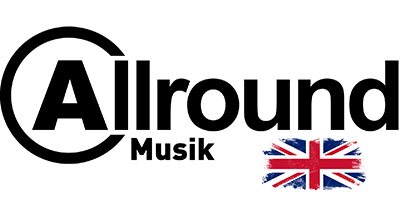
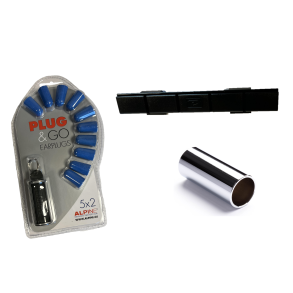
.w293.h293.fill.jpg)
.w293.h293.fill.jpg)
.w293.h293.fill.jpg)
.w293.h293.fill.jpg)
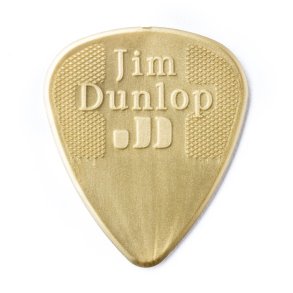
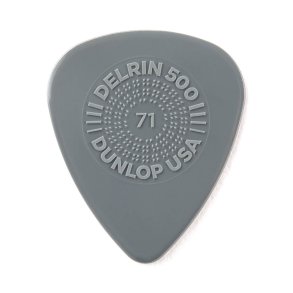
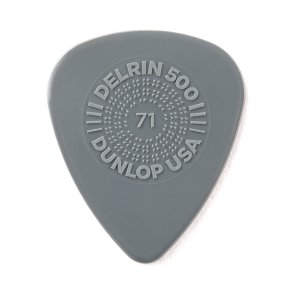

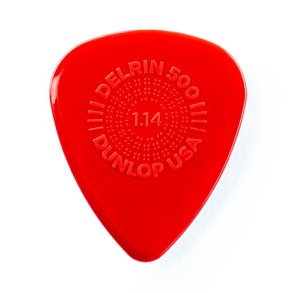


.w293.h293.fill.jpg)

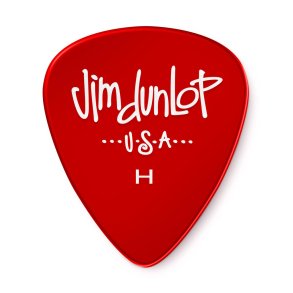
.w293.h293.fill.jpg)
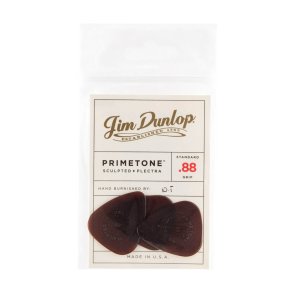
.w293.h293.fill.jpg)

.w293.h293.fill.jpg)
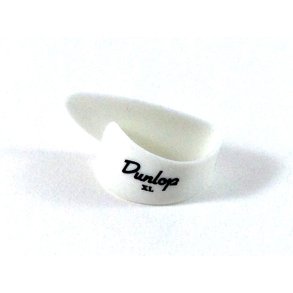




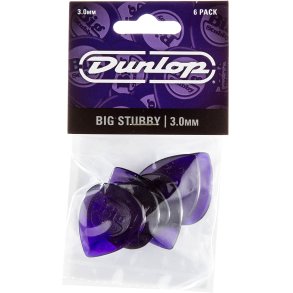

.w293.h293.fill.jpg)

.w293.h293.fill.jpg)
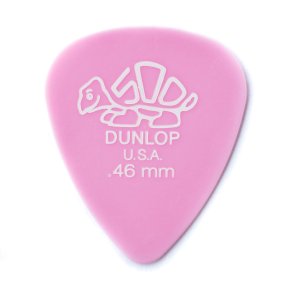




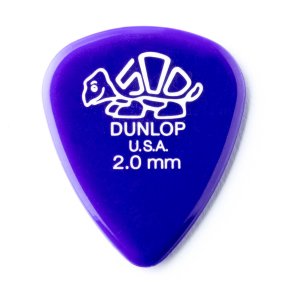
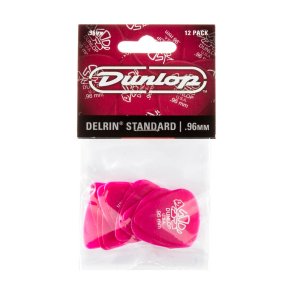

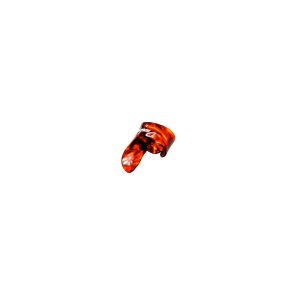
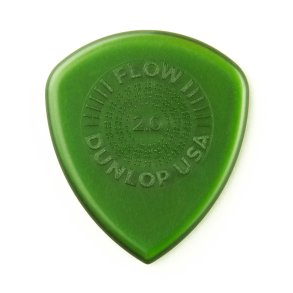
.w293.h293.fill.jpg)
.w293.h293.fill.jpg)
.w293.h293.fill.jpg)
